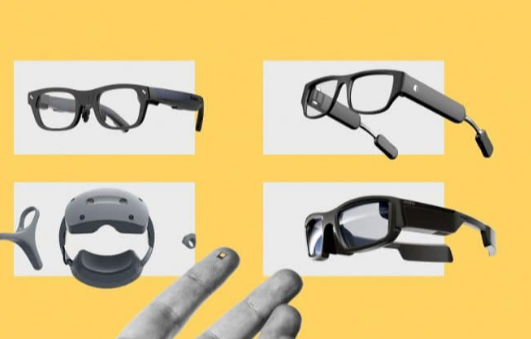Augmented Reality vs. Virtual Reality: Key Differences

Augmented Reality (AR) and Virtual Reality (VR) represent two transformative technologies. Each offers unique experiences shaped by their interaction with the real world. AR enhances reality by adding digital elements to physical environments, while VR immerses users in a completely virtual space. Understanding their fundamental differences is crucial for grasping their diverse applications. As industries increasingly adopt these technologies, exploring their specific use cases reveals insights into their potential impact. What lies ahead for AR and VR?
Definition and Overview of Augmented Reality
Augmented reality (AR) represents a transformative technology that overlays digital information onto the real world, enhancing the user’s perception of their environment.
By integrating interactive experiences with physical surroundings, AR empowers individuals to engage with information in real-time.
Digital overlays enrich daily life, offering innovative applications across industries, from education to entertainment, ultimately fostering a deeper connection between users and their environments.
Definition and Overview of Virtual Reality
Virtual reality (VR) is a groundbreaking technology that immerses users in a fully simulated environment, separate from the physical world.
By leveraging advanced graphics and audio, VR creates engaging immersive experiences that transport individuals to new realms.
Central to this technology is user interaction, allowing participants to manipulate their surroundings, thereby enhancing the sense of presence and freedom within these virtual landscapes.
Key Functional Differences
While both augmented reality (AR) and virtual reality (VR) offer innovative ways to engage with digital content, their functional differences significantly shape user experiences.
AR enhances the real world by overlaying digital elements, promoting user interaction with their environment.
Conversely, VR immerses users in a fully interactive digital realm, providing deep sensory immersion that disconnects them from their surroundings, thus altering perceptions and experiences.
Read also: Best Tech News Sources Feedworldtech
Applications and Use Cases
The integration of augmented reality (AR) and virtual reality (VR) technologies across various sectors demonstrates their transformative potential.
AR enhances gaming experiences by overlaying digital content in real-world environments, while VR immerses users in fully simulated worlds.
Additionally, these technologies revolutionize medical training, offering realistic simulations that improve skills and decision-making, ultimately fostering innovation and enhancing capabilities in both entertainment and healthcare fields.
Conclusion
In a world where reality and virtuality are increasingly indistinguishable, one might ironically ponder whether we truly need to choose between augmented reality and virtual reality. Each serves its unique purpose: AR enriches the tangible, while VR offers an escape from it. Yet, as users navigate this duality, the question remains—are we enhancing our lives or merely complicating our perceptions? Ultimately, understanding these technologies may reveal that the true reality lies in the balance between the two.

